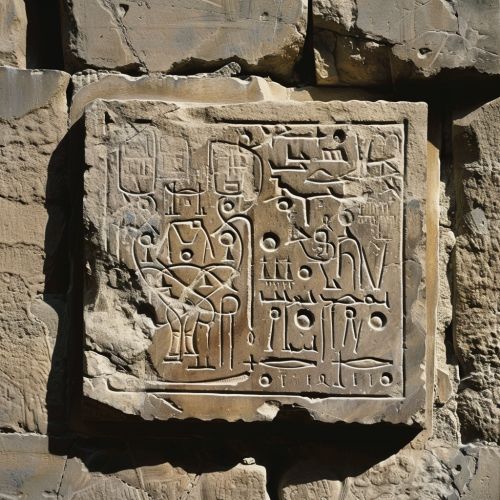Typography
History of Typography
Typography, the art and technique of arranging type to make written language legible, readable, and appealing when displayed, has a rich history that dates back to the invention of movable type in the mid-15th century. The development of typography can be traced back to the first instances of written communication, and its evolution has been parallel to that of cultural, technological and artistic progress.


The first movable type system was developed by Gutenberg in the 15th century. This system was a revolutionary invention that allowed for the mass production of printed books and significantly contributed to the spread of literacy, knowledge, and culture in Europe and beyond.
Principles of Typography
Typography is not merely about the design of individual letters and symbols, but also about the arrangement and appearance of whole texts. The principles of typography are rooted in centuries of human experience with reading and writing, and they are guided by the fundamental goal of effective communication. These principles include the choice of typeface, the arrangement of type on the page, and the use of space and color.
Typeface
The typeface is the basic building block of typography. It refers to a set of one or more fonts, in one or more sizes, designed with stylistic unity, each comprising a coordinated set of glyphs. A typeface usually comprises a family of coordinated fonts. The choice of typeface can significantly affect the legibility and readability of the text, as well as the tone and mood it conveys.
Arrangement
The arrangement of type involves the selection of type size, line length, line-spacing (leading), and letter-spacing (tracking), and adjusting the space between pairs of letters (kerning). The process of arranging type on the page is called typesetting. The goal of typesetting is to create a consistent and harmonious arrangement that works invisibly to convey the meaning of the text.
Space and Color
Space and color are powerful tools in typography. The use of white space around the text can enhance readability and draw attention to the text. Similarly, the choice of color for the text and the background can significantly affect the legibility of the text and the mood it conveys.
Modern Typography
With the advent of digital technology, typography has undergone a major transformation. The development of digital typefaces and the use of computers for typesetting has opened up new possibilities for the design and arrangement of text. Today, typography is not only about printed books and documents, but also about web pages, advertisements, and all forms of digital communication.


Digital Typefaces
Digital typefaces are designed and stored on computers. They can be resized and modified in ways that were not possible with traditional metal type. There are thousands of digital typefaces available today, ranging from those that mimic traditional print typefaces to those that push the boundaries of what is possible with type.
Web Typography
With the rise of the internet, typography has expanded to include not only print media but also digital media. Web typography refers to the use of fonts on the web. It involves the use of font style and size, color, line height, line length, and letter spacing to create legible and visually appealing online content.
Impact of Typography
Typography plays a crucial role in communication and has a significant impact on the way information is perceived. It can influence the tone of a text, guide the reader's eye, and shape the overall aesthetic of a design. In advertising and branding, typography can be a powerful tool for conveying a particular message or creating a certain image.
